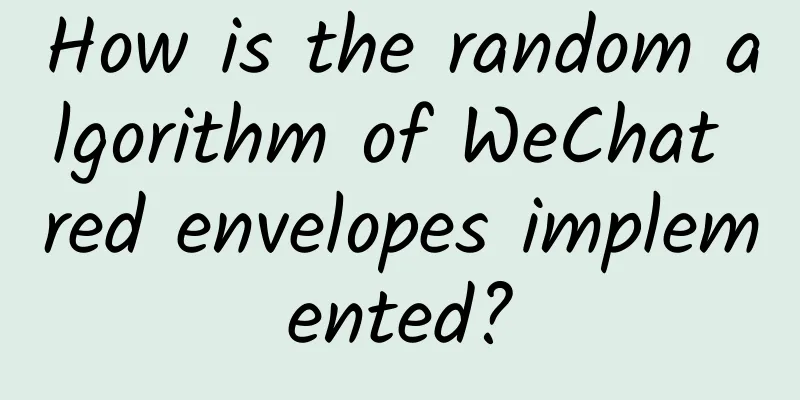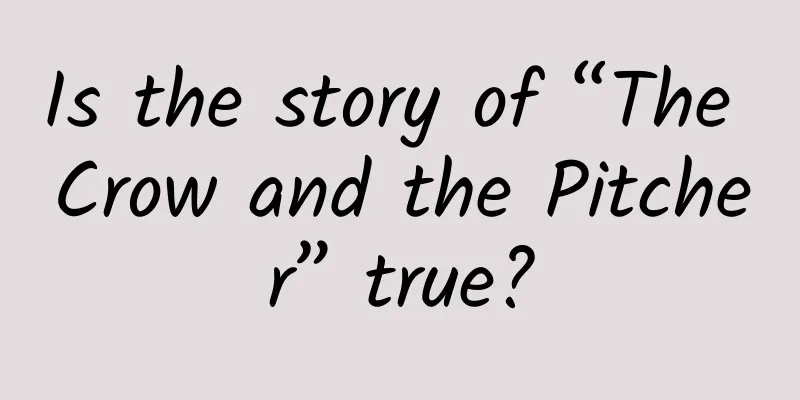How is the random algorithm of WeChat red envelopes implemented?

|
I saw a question on Zhihu: How is the random algorithm for WeChat red envelopes implemented?
Some people say that Tencent achieved this roughly like this:
Some people have also done normal distribution, variance analysis, regression analysis, statistical simulation, etc., but I won’t post it because the picture is too long. However
Let’s change our thinking. Now we change all the money into 1-cent coins, imagine the red envelope as a jar, and then scatter the coins.
Red envelopes are randomly selected for every penny. As for regression analysis and statistical simulation, they are of no use at all. In this example, we abandon traditional concepts such as "drawing" and "random amount", so that money has a sense of choice and performs "random" behavior. Naturally, the red envelope has the attribute of random amount. Change your thinking and don't complicate simple problems. When we design code, we usually consider the logic in real life and abstract objects into classes and behaviors into methods. However, we also need to consider the reversal of thinking occasionally. Of course, my code has certain drawbacks. Thinking is the most important thing. |
<<: Xiaomi Mi A1 releases kernel source code: turns into the little prince of flashing
Recommend
How should Tik Tok create a hit? Official TikTok hit tips!
The rise of short videos has brought countless ne...
Are the similarities between galaxies and atoms, cosmic structures and neural networks just coincidences?
The world we live in is full of mysteries. Perhap...
The most complete! 40+ common terms that new media operators must know!
With the rise of various major accounts, the new ...
What are the differences between the brains of children who “don’t like taking naps” and those who “take naps every day”?
Review expert: Yin Tielun, deputy chief physician...
Apollo Robotaxi landed in Guangzhou, Baidu's number of cities in which autonomous driving is being trialed ranks first in China
On July 17, Baidu Apollo Robotaxi was officially ...
[Popular Science of Chinese Military Technology] As the "King of Rolls" among cruise missiles, what are the outstanding features of the Haiyan nuclear-powered cruise missile?
Recently, according to Russian media reports, the...
Introduction to vivo App Store CPD Promotion Platform
CPD Promotion Platform Introduction The vivo App ...
The 56th lecture of Quantitative Science by Jiang Linghai, the master control operator, starts from zero
The 56th lecture of Quantitative Science by Jiang...
The secret to quickly increase followers on a public account!
The ideal of many Internet newcomers is how to re...
How to become an excellent information flow advertising optimizer?
In fact, everyone has read a lot of useful inform...
The mobile phone industry is highly mature, but why is it becoming more and more "boring"?
As the mobile phone market matures, more and more...
Why do conspiracy theories persist? Mathematics has a profound answer
Many conspiracy theories start like this: as long...
The product logic and marketing strategy behind emerging brands
At present, emerging brands are developing at an ...
3000 words to dismantle the replicable private domain traffic gameplay
You must have heard of ChaCha Foods. Yes, the Cha...
Is “children’s food” more suitable for children? Don’t rush to buy it!
A few days ago, I went shopping with a friend who...









